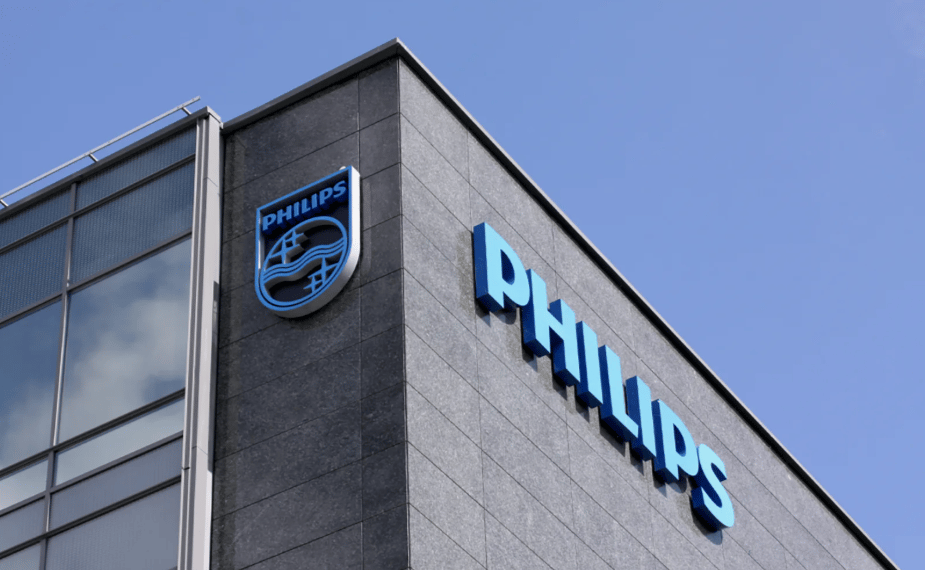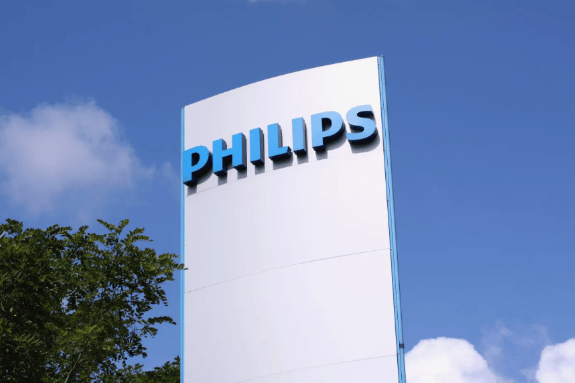

Dutch multinational Philips $PHG has adjusted its earnings outlook for 2025 downward, citing anticipated losses between €250 million and €300 million due to persistent U.S. tariffs on Chinese imports. Despite efforts to mitigate costs—including taking advantage of a partial tariff rollback—the company signaled that trade tensions remain a significant drag on its profitability.
With the U.S. representing roughly 40% of Philips’ projected sales in 2024 and about one-third of its tax contributions, the American market plays a pivotal role in its financial structure. The company imports a range of products from China, including medical and consumer devices such as Respironics masks, electric razors, and toothbrushes. These categories have become increasingly exposed to geopolitical and policy shifts, especially as trade dynamics between Washington and Beijing remain strained.
Philips’ revised guidance reflects a broader vulnerability among global manufacturers operating across complex supply chains. The cost burden associated with tariffs—particularly those enacted during prior rounds of U.S.–China trade friction—continues to ripple through earnings reports.
The company acknowledged that although tariffs have been “significantly reduced,” the lingering impact remains considerable. As inflationary pressures and trade barriers combine, even well-diversified firms like Philips must navigate cost reallocation and margin pressure across their core units.

U.S. Tariff Exposure Products like Respironics masks and grooming appliances imported from China are subject to steep duties under current U.S. trade regulations.
Heavy Market Concentration in the U.S. With almost half of its revenues tied to the U.S. market, Philips remains more vulnerable than peers with a geographically diversified income base.
Supply Chain Dependence Reliance on manufacturing and component sourcing from China and Europe adds logistical complexity and tariff sensitivity.
Delayed Policy Clarity The uncertain trajectory of U.S. trade policy toward China adds strategic opacity, making long-term planning more challenging.
Product-Specific Risks Items classified under medical or consumer healthcare are often subject to policy review, further complicating import dynamics.

Shift in Supply Chain Strategy Philips may increasingly look to diversify its manufacturing base outside of China to minimize tariff exposure in high-demand product categories.
Pricing Pressures on End Users Tariff-related cost increases may eventually be passed on to consumers or healthcare providers, potentially affecting demand elasticity.
Operational Reprioritization Philips could reduce emphasis on tariff-sensitive SKUs or regions, focusing instead on less exposed business lines.
Policy Lobbying and Negotiation Like other multinationals, Philips may engage with U.S. authorities to advocate for industry-specific tariff exemptions.
Tax Efficiency Optimization Given the sizable contribution of the U.S. to its tax base, Philips may seek restructuring options to enhance fiscal resilience under evolving trade conditions.
The downward revision of Philips’ earnings outlook underscores the enduring influence of international trade policy on corporate strategy. While partial relief from tariff reductions has materialized, the broader context of geopolitical rivalry, protectionism, and disrupted logistics continues to weigh on multinationals with strong U.S. exposure. For Philips, the path forward likely involves recalibrating its global sourcing, expanding localized production where viable, and preparing for continued volatility in trade policy landscapes.